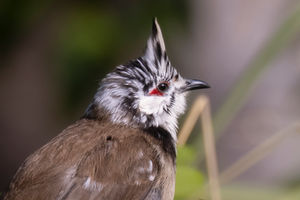The Chinese pond heron (Ardeola bacchus)
- Wildcreatures
- Jan 4, 2020
- 1 min read
The Chinese pond heron (Ardeola bacchus) is an East Asian freshwater bird of the heron family, (Ardeidae).

Here it is in a pond in Lions Park, Sai Kung, in its winter plummage.

It is one of six species of birds known as "pond herons" (genus Ardeola). It is parapatric (or nearly so) with the Indian pond heron (A. grayii) to the west and the Javan pond heron (A. speciosa) to the south, and these three are presumed to form a superspecies.
And our word for the day: parapatric.
Here is the Wikipedia definition: In parapatric speciation, two subpopulations of a species evolve reproductive isolation from one another while continuing to exchange genes. This mode of speciation has three distinguishing characteristics: 1) mating occurs non-randomly, 2) gene flow occurs unequally, and 3) populations exist in either continuous or discontinuous geographic ranges. This distribution pattern may be the result of unequal dispersal, incomplete geographical barriers, or divergent expressions of behavior, among other things. Parapatric speciation predicts that hybrid zones will often exist at the junction between the two populations.In biogeography, the terms parapatric and parapatry are often used to describe the relationship between organisms whose ranges do not significantly overlap but are immediately adjacent to each other; they do not occur together except in a narrow contact zone. Parapatry is a geographical distribution opposed to sympatry (same area) and allopatry or peripatry (two similar cases of distinct areas).
All clear? goooood.











Comments